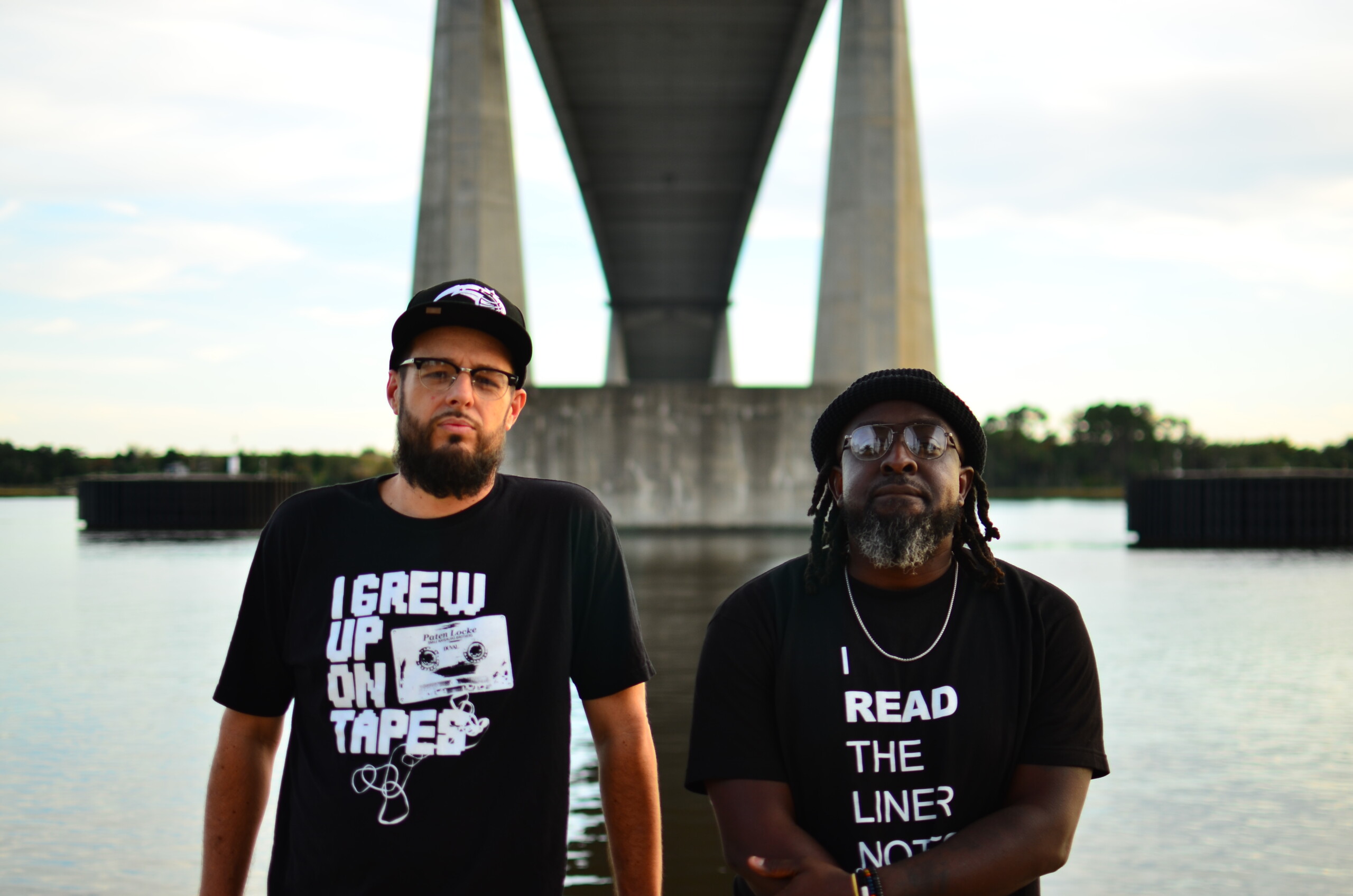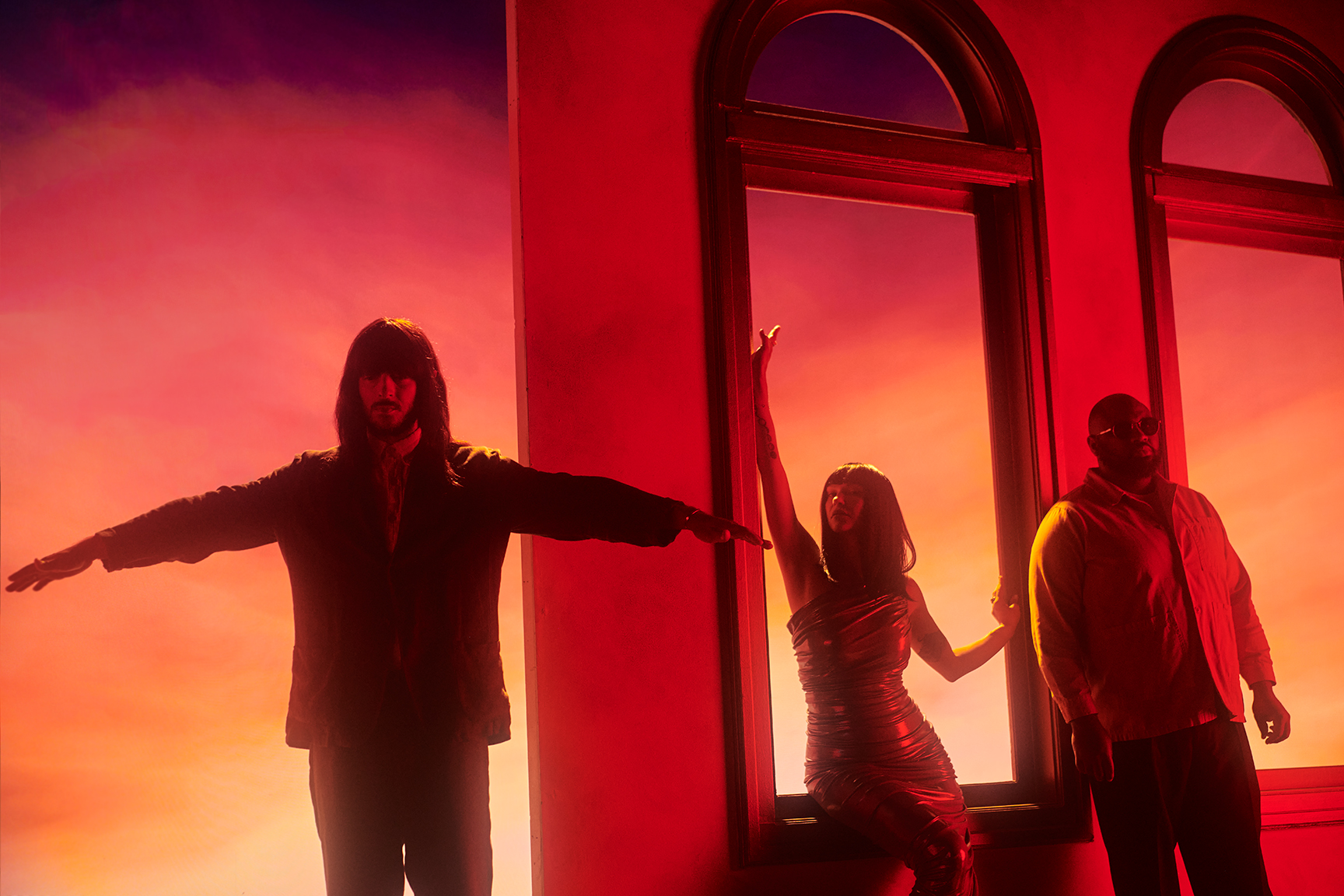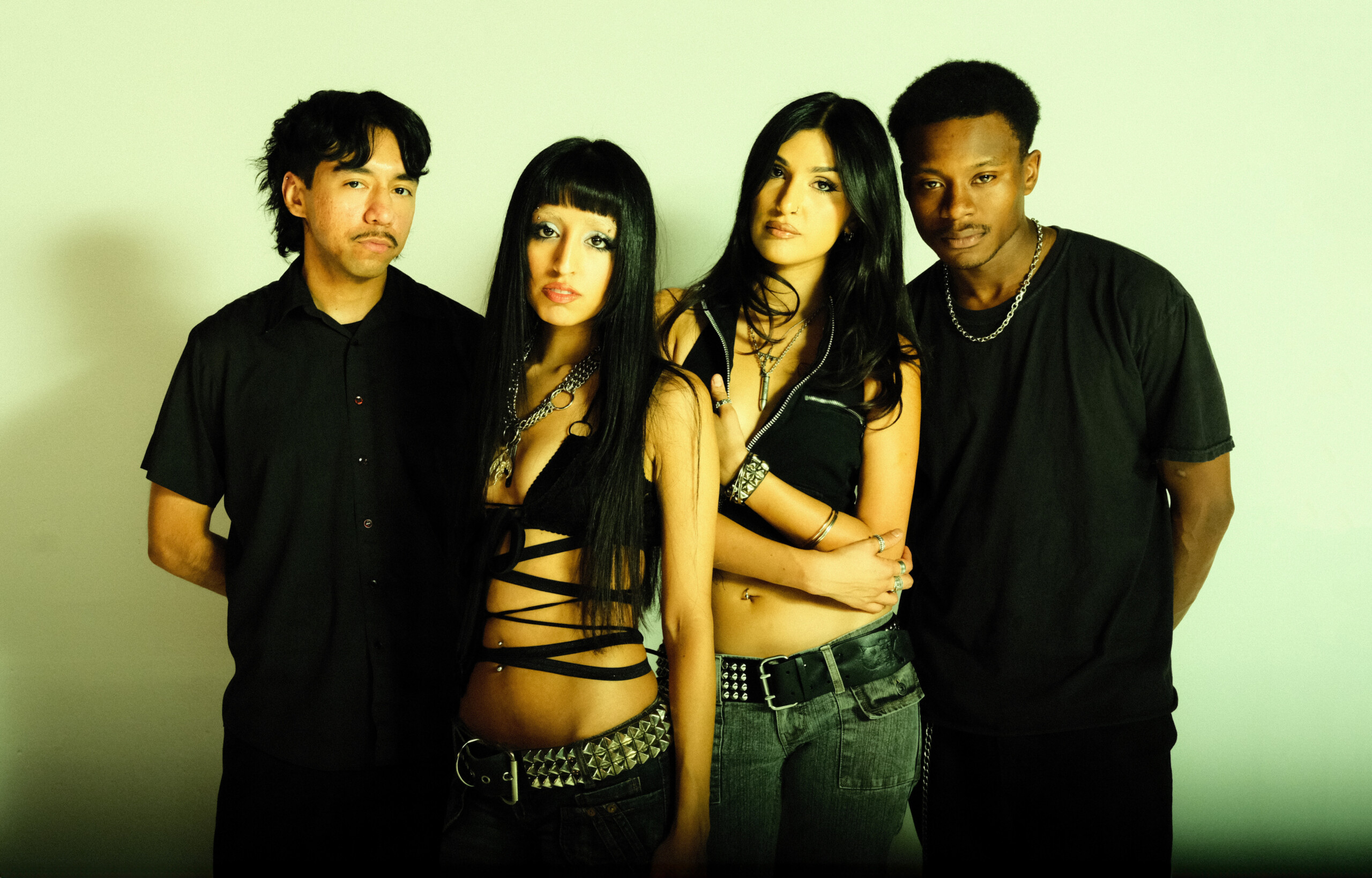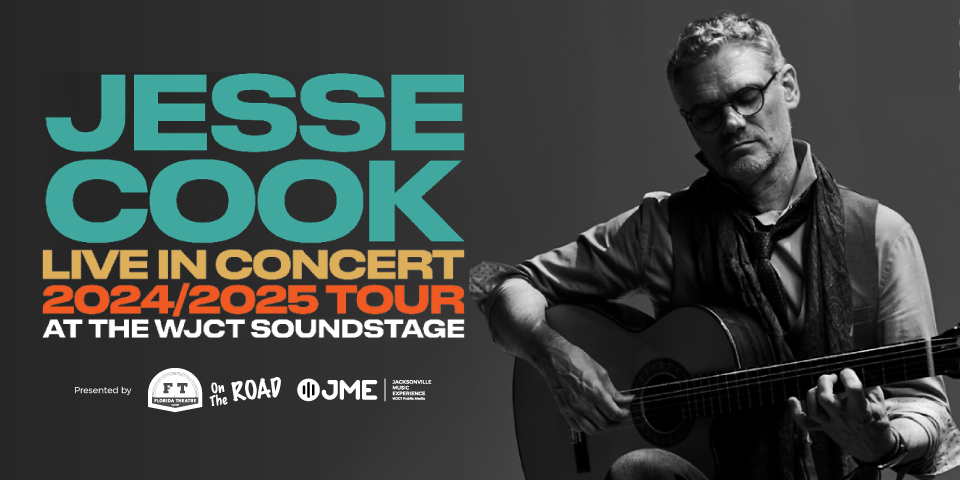JME Contributors on the albums that turned them on their ears

For those of us old enough to remember when music discovery was widely a person-to-person interaction — whether via friend, older sibling or pretentious record store clerk — its easy to feel nostalgic for a time when “I’ll make you a mix” signified something a bit more laborious than the few-dozen click-and-drags it takes to create a streaming-service playlist.
Still, whether we happen upon a well-spun vinyl record in the discount bin of an independent music retailer or get led deep down the algorithmic rabbit hole of a YouTube playlist, music retains its capacity to change our minds, our hearts, the lens through which we see the world. The more things change, as they say, the more they stay the same.
Below, JME contributors wax on the records — discovered via one-to-one recommendation, concert attendance, and yes, even algorithmic suggestion — that turned them on their ears. These are the albums that changed our lives.
Native North America (Vol. 1): Aboriginal, Folk, Rock and Country 1966-1985 (2014)
DownloadTo be fair, this big, orange, three-piece box set sticks out in a crowd. To categorize it as my own personal crate digging would be gently misleading and unfair to the real crate digger: Kevin “Sipreano” Howes. This Light in the Attic release is the culmination of Howes’ almost-15 years of travel with his friend Dane Goulet (aka Birdapres) through remote areas of Canada. He visited various Aboriginal communities where he was introduced to an overflowing river of talented musicians who blend their own cultural traditions with modern music. It’s a beautiful collection of stories that are both heartbreaking and triumphant. The box set comes with a booklet that includes interviews Hows conducted with each artist and/or closest living relative, as well as photographs of the original center labels of each 45 from which the track listings came. I keep coming back to these records like a good book that teaches you something new with each experience.–Glenn Michael Van Dyke
The Flam, Frank Lowe (1975)
I discovered Frank Lowe’s The Flam at age 22, when my musical psyche was already fairly codified: a polyglot devotion to prewar American folk forms; 1960s psychedelic blues; 80’s global-subterranean music weirdness and straight-up thrash/death metal. I’d discovered the music of free-jazz saxophonist Ornette Coleman at age 14 (thanks to a name-drop by Jerry Garcia, and my thinking that “Ornette Coleman” sounded like a bluegrass musician—close enough!). Coleman opened my ears biblically wide for hearing a player like Lowe. Still an under-heralded tenor-sax player, by the time he recorded the five tracks of The Flam in 1975, Lowe (1943-2003) had played with Sun Ra, Don Cherry and Alice Coltrane. For me, the constant peak of the album is the track “Flam”: a driving, otherworldly melody that sounds like an esoteric chord chart rescued from the 50 CE burning of the Library of Alexandria. Upright bassist Alex Blake propels the motif and improvisation with ecstatic chordal strums and vocal grunts, as Lowe and fellow reed-and-brass players Joseph Bowie and Wadada Leo Smith unstitch and rethread the music, while drummer Charles “Bobo” Shaw swings and nudges the performance into impressive cohesion. The Flam is evidence that one need not steal promethean fire from the gods when there are times when they give it up so freely. Maybe that’s what we call “grace.”–Daniel A. Brown
- Stream The Flam by Frank Lowe
Soulful, Dionne Warwick (1969)
From the first track to the last groove of this long player Dionne Warwick shows she’s so much more than just a brilliant pop singer. In 1969, Warwick’s Soulful was recorded at Chip Moman’s American Studios in Memphis, Tennessee. That’s where Dusty Springfield, Elvis, Herbie Mann, Aretha Franklin, Rush, John Prine, Wilson Pickett, The Box Tops and so many others recorded — the go-to studio from 1964 to 1972. Soulful’ presents her incredibly soulful side with interpretations of classics by Curtis Mayfield, The Rascals and Otis Redding. Highlights for me: “You’ve Lost That Loving Feeling,” “People Get Ready,” “People Got To Be Free” and my guilty pleasure, “I’m Your Puppet.” If you see one while you’re crate digging, grab it.–David Luckin
- Stream Soulful by Dionne Warwick
Back From The Grave, Volume 1 (1983)
Garage-rock detractors are like professional-wrestling haters. Where those who shun this hypnotic mix of athleticism, drama and quintessential Americana (I’m talking about pro wrestling here) will say “You know it’s fake, right?”, critics of garage rock will point out its three-chords-or-less simplicity and superficial lyrics, while disparaging its creators as musical neophytes. But fans of both professional wrestling and primal rock and roll are smarter than we are given credit for — not only are we in on the ruse, we revel in our position on the other side of the fourth wall. When my friend Ed Gil first introduced me to Back From The Grave — a series of compilations featuring music recorded in the ’60s by an assortment of mostly suburban teenagers — I was, myself, swept up in the earnestness of the late-aughts-early-2010s neo-folk revival. What I found in BFTG’s minimal, wholly derivative, unintentionally lo-fi “punkers” was the primal energy, the inhibition and the real emotionality that some of the popular indie bands of my generation were either twee-ishly flailing at or mistaking for their own solipsistic sonic and lyrical adventures. Are the Alarm Clocks, The Malibu’s, The Rats, Bel-Aires, Larry and The Blue Notes, or any of the other artists featured across BFTG’s eight-LP series any good at their instruments? No. But those of us who love these simple songs with cursory titles — “Yeah,” “Cry,” “No Reason to Complain,” “Ya Ha Be Be” — are fully aware that the tunes were likely recorded by a single microphone dangling from the rafters of a two-car garage in a no-name town. These are real songs. Made by people who dared to express themselves without first learning how.–Matthew Shaw
Entre Los Dos & Mujeres, Y La Bamba (2019)
Y La Bamba is the catalyst to my compulsive record-buying habit — and whether that statement is blame or gratitude is dependent on my bank statement for that month. When searching for music, the most consistent factor for me is the artist’s ability to transport me into a movie scene. And the traditional Mexican influences from which Latin indie-alternative group Y La Bamba draws can, without fail, fool me into personifying Diego Luna for the evening. Having never heard of them prior to catching their opening set for Durand Jones & the Indications, I found myself first in line, debating between the two records they were selling, while knowing that I didn’t even own a record player. I bought one record. My friend Argie gifted me the other. I got the band to sign both. That it would be my last pre-pandemic concert. All this to say, these are the two most significant records in my collection; a collection that has grown significantly since. Between the folky, emotional ballads and indie-rock, Cali-inspired sounds, the records are perfect for a breezy morning in the fall.–Toni Smailagic
- Stream Entre Los Dos by Y La Bamba
- Stream Mujeres by Y La Bamba
Pure Heroine, Lorde (2013)
For better or for worse, one could say this album drastically altered my brain chemistry. Bringing sounds so quintessentially “tumblr-era” or indie pop (though not an independent record) to anyone that was a teen in the 2010s, Lorde’s debut album really became the soundtrack to my formative years. I’ll never forget, I was at a slumber party in eighth grade when someone said my best friend looked like Lorde. At first I didn’t know who they were talking about. But as soon as I looked her up, my obsession with the music began. The single “Royals” really bridged the gap between the indie-esque dream pop sounds of the day and radio hits; after all, it won Song of the Year at the 56th Annual Grammy Awards. There are so many core memories I have with songs from this album. I would listen to “Glory and Gore” in my earbuds as I walked between classes in high school, drum pads and echoey vocal harmonies bouncing between my left and right ears. The track “400 Lux,” with its clamoring synths in the chorus and whirring foghorn-like noises has accompanied me on so many late night drives with the windows down. Later, Pure Heroine would become one of the first albums I played on air as I DJ’d at the University of North Florida’s student-run radio station, Spinnaker. As I write this I realize the irony of having first heard this album digitally, but writing it for a feature about digging for vinyl. It’s one of those albums you’d see in every vinyl bin at an Urban Outfitters. Even this year, shortly after the clock struck midnight on my 21st birthday, my friend played the closing track, “A World Alone,” for me. What a song to start a new rotation around the sun. If anything, this album has comforted me in moments alone, or brought me closer to the people around me, strangers or friends, because it was something we all knew and loved.–Carissa Marques
- Stream Pure Heroine by Lorde
Palberta5000, Palberta (2021)
The YouTube algorithm is more trustworthy than any public figure, or any holy book, and I give it thanks and praise for bringing the music of Palberta into my life. Their Audiotree session from 2018 struck me instantly with their juiced-up, jangly joy. Anina Ivry-Block, Lily Konisgberg and nominal leader Nina Ryser linked up at NYC’s Bard College a decade ago, and have slowly built their name on the Northeast noise scene. Their fifth album, Palberta5000, was released by Wharf Cat out of Greenpoint, Brooklyn in January 2021, and it brought to fruition all of the promise displayed over the previous eight years. They would have fit in nicely in the proto-punk ‘70s or the New Wave ‘80s, but they will fit even better into the future. Assuming that there is one.–Shelton Hull
- Stream Palberta5000 by Palberta

Mr. Al Pete and Notsucal Release Their Latest Collab, ‘G4.5’

Dinner Party, Tom Misch and More from the Neighborhood with Mr. Al Pete

An Ultra-Chill Playlist from the Latest Episode of Electro Lounge

Sing Out Loud Festival Returns With Hozier, Beabadoobee, Father John Misty, Vance Joy and More

Chicago Alt-Country Faves Wilco Return to St. Augustine with Indie-Folk Great Waxahatchee

Looking for an Alternative to Spotify? Consider Hopping on the band(camp) Wagon

Khruangbin to Bring ‘A LA SALA’ Tour to St. Augustine in April

Perfume Genius, Flipturn, Tamino + Mitski and 6 New Songs to Stream

Song of the Day | “all tied up” by Glixen




